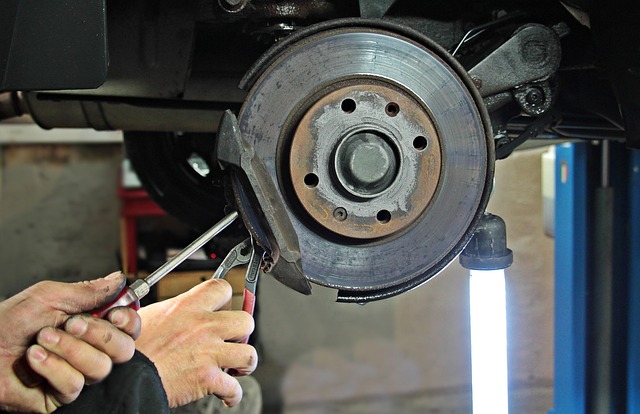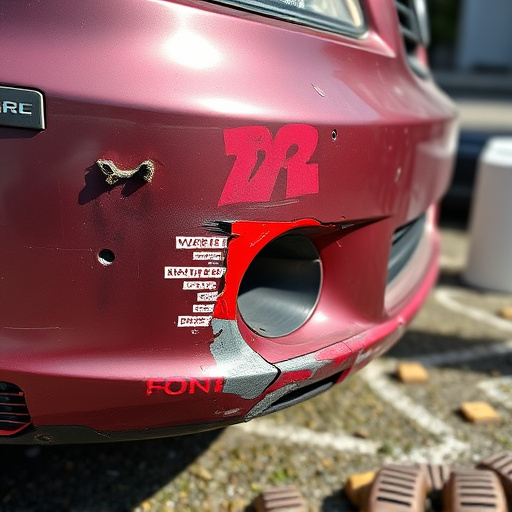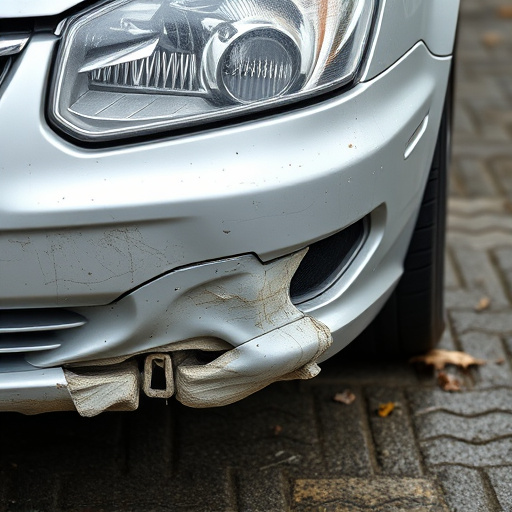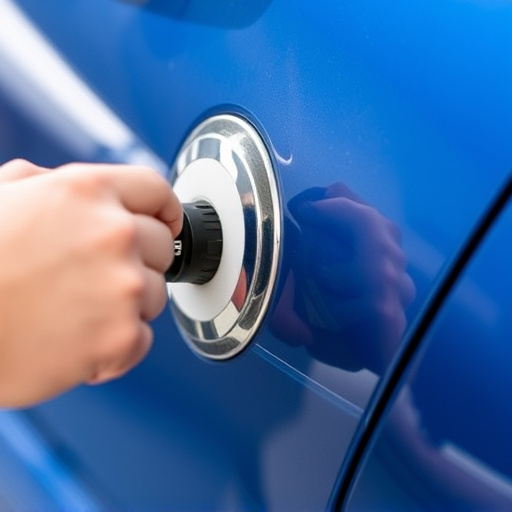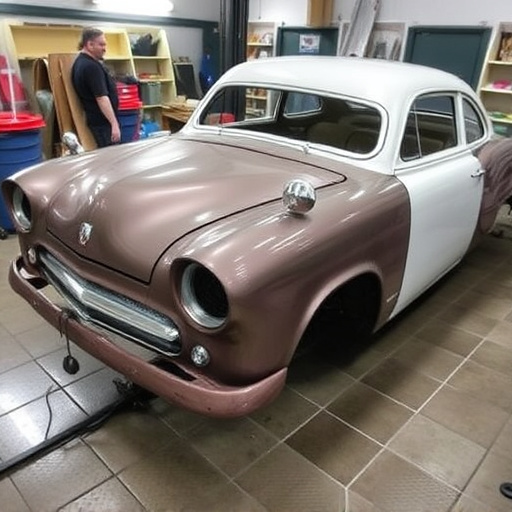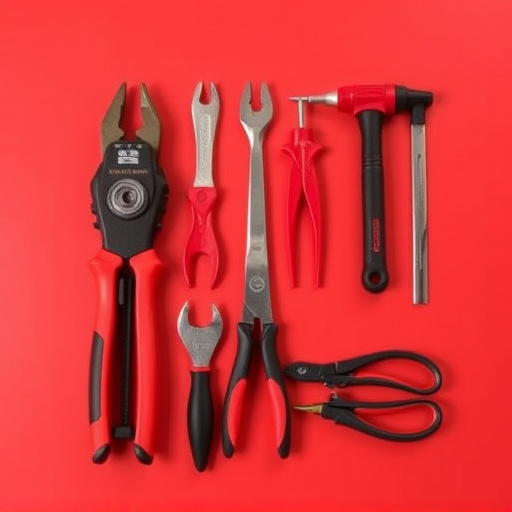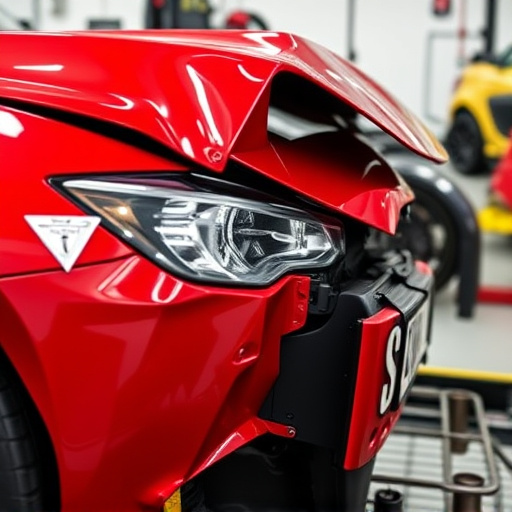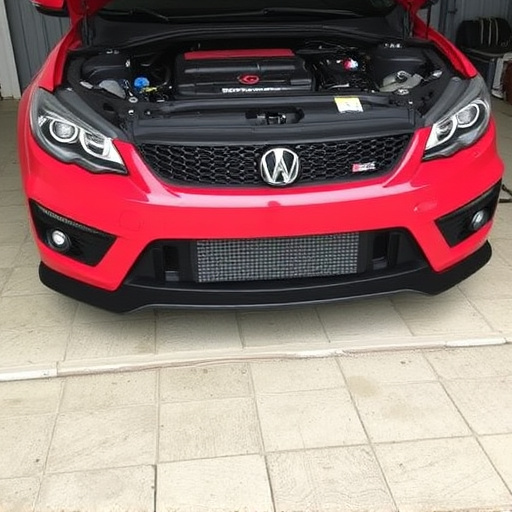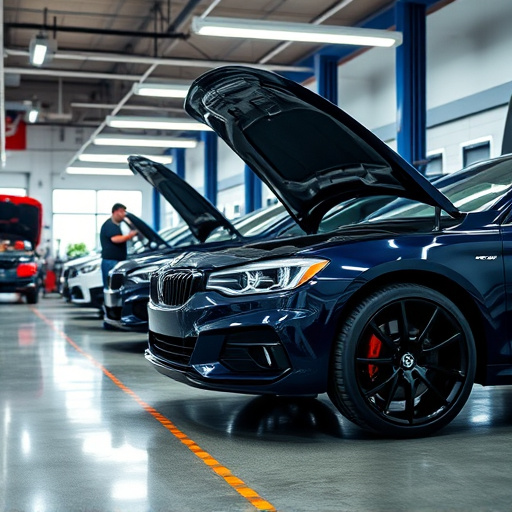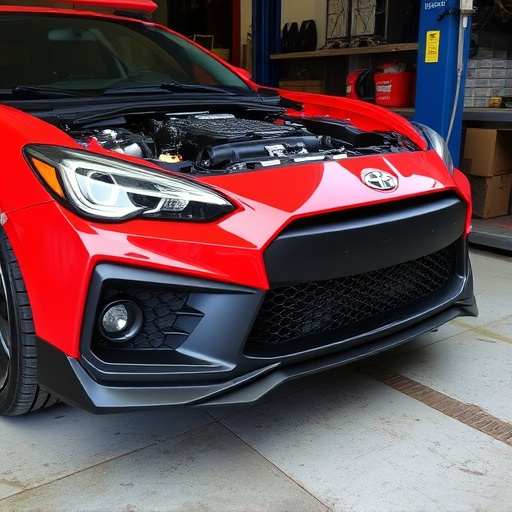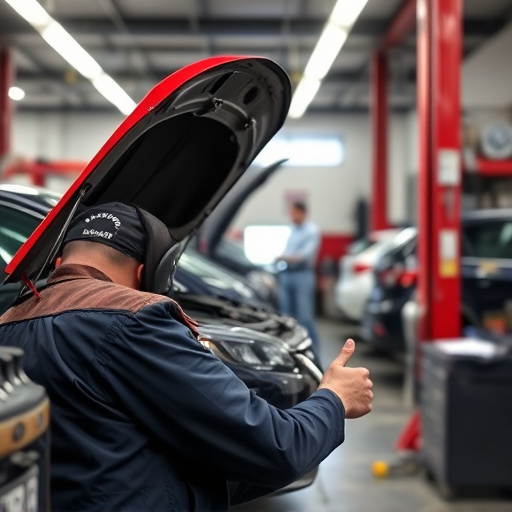Certified Tesla repair facilities perform stringent drive unit inspections using specialized tools and training to ensure safety and optimal performance after collisions or damage. Common issues include sensor malfunctions, electrical problems, software glitches, and physical damage, requiring advanced diagnostic techniques and genuine replacement parts. Paintless dent repair enhances customer satisfaction for aesthetic repairs.
In today’s digital era, proper Tesla drive unit inspection is paramount for ensuring optimal vehicle performance. This article delves into the essential protocols and tools required for comprehensive assessments at certified repair facilities. By understanding common issues and adhering to rigorous inspection practices, technicians can effectively maintain and troubleshoot Tesla vehicles, enhancing customer satisfaction and safety on the road. Explore these key aspects of Tesla drive unit inspection to stay ahead in the world of electric vehicle repairs.
- Understanding Tesla Drive Unit Inspection Protocols
- Essential Tools for Comprehensive Unit Assessment
- Common Issues Found in Certified Repair Facilities
Understanding Tesla Drive Unit Inspection Protocols
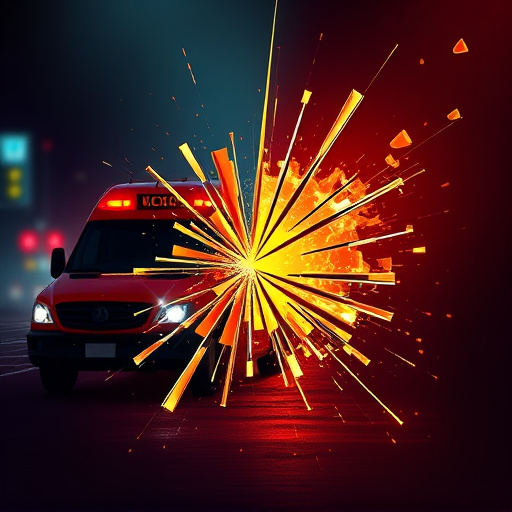
When it comes to Tesla drive unit inspection, certified repair facilities follow strict protocols designed to ensure the safety and performance of electric vehicles. These inspections go beyond basic car repair shop checks, delving into the intricate systems that power Tesla’s innovative technology. Technicians are trained to meticulously evaluate components like the motor controller, inverter, and battery management system, which are pivotal in a collision repair setting.
The process involves diagnostic testing using specialized tools to identify any anomalies or potential issues. This is crucial as even minor problems can impact the overall functionality of the vehicle’s drive unit. Regular inspections not only contribute to smoother operations but also extend the lifespan of these high-tech systems, making them an integral part of any car collision repair regimen.
Essential Tools for Comprehensive Unit Assessment

When conducting a Tesla drive unit inspection in certified repair facilities, several essential tools are indispensable for a comprehensive assessment. These include advanced diagnostic scanners capable of interfacing with Tesla’s proprietary software to retrieve and analyze vehicle data. Specialized instruments for measuring power output, voltage levels, and current flow within the drive unit are crucial for identifying performance anomalies or potential failures.
Moreover, mechanics engaged in these inspections should have access to high-quality replacement parts, such as sensors, modules, and connectors, that meet Tesla’s stringent standards. Proper training on the latest vehicle models and repair techniques ensures accurate diagnoses, especially when dealing with complex issues related to electric vehicle (EV) systems, including collision repair, fender repair, or auto glass repair scenarios that might indirectly impact the drive unit’s functionality.
Common Issues Found in Certified Repair Facilities

In certified repair facilities conducting Tesla drive unit inspections, several common issues tend to surface across different models and years. One of the prevalent concerns is sensor malfunction, which can affect the vehicle’s Autopilot and advanced driver-assistance systems (ADAS). These sensors are critical for safety features, and any discrepancies require meticulous attention during inspection. Another frequent issue is electrical connectivity problems, often leading to random malfunctions or failed diagnostics.
Additionally, certified technicians might encounter issues related to software glitches, requiring a deep dive into the vehicle’s complex computer systems. While some problems may be easily rectifiable through software updates, others could involve intricate car body repair, especially in cases of physical damage. Even fleet repair services often face challenges with Tesla vehicles, underscoring the need for specialized training and resources. However, the availability of paintless dent repair techniques offers a non-intrusive solution for certain aesthetic repairs, enhancing customer satisfaction.
A thorough understanding of Tesla drive unit inspection protocols and the utilization of essential assessment tools are paramount for certified repair facilities. By identifying common issues, these facilities can ensure high-quality repairs, enhance customer satisfaction, and maintain the reliability of Tesla vehicles. Regular inspections and skilled technicians are key to keeping electric vehicle technology on the cutting edge.
